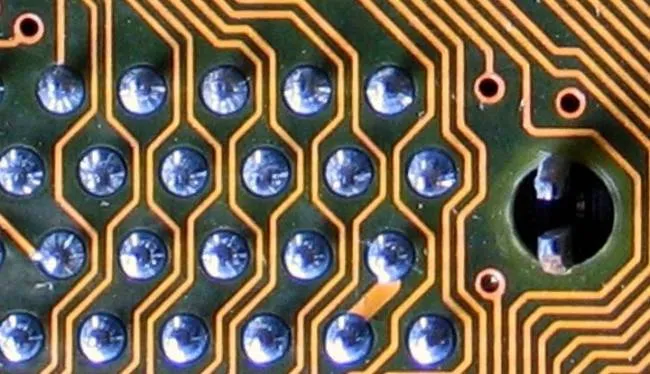
Found metal that conducts electricity but does not transmit heat.
There was a metal that defied the most basic laws of conductibility.
According to the research published in Science magazine; a metal that conducts electricity but does not conduct heat is defined. This information; it seems to be a useful but useful invention that overthrows our knowledge of how conductors work.
It appears that this metal is in conflict with the Wiedemann-Franz law. According to the Wiedemann-Franz law, metals that conduct electricity well are well proportioned and heat-well. But this does not apply to metallic vanadium dioxide (VO2). Vanadium dioxide converts from a transparent insulator to a conductive metal at 67 ° C.
Junqiao Wu, a researcher working in Berkeley Laboratories Materials Science, says this is a completely unexpected event. This invention does not change what we know about conductors, but it also reveals a material that can be used in a very wide area. For example; this material can be used in the construction of much more qualified coatings, produced for the conversion of waste heat into engines or for coating buildings.
The presence of other materials that transmit electricity better than the heat was, in fact, found earlier by researchers. But the materials found showed this feature in a few hundreds under zero. These temperatures are non-practical applications for the real world. But vanadium dioxide seems to be very useful in practice as it can show this property at temperatures close to room temperature.
This extraordinary property comes from the study of moving electrons in the crystal braid of vanadium dioxide and how much heat these electrons produce. As a result, it has been found that the contribution of the vanadium dioxide to the thermal conductivity is 10 times smaller than that predicted by the Wiedemann-Franz Law.
According to Wu's explanation of the researchers; this surprising result is due to synchronous movements of electrons throughout the material. While electrons move randomly and individually in other materials, they act like a fluid in a harmonious manner in this material. In random movements, the fact that heat transfer takes place effectively facilitates this transmission by forming a large number of microscopic shapes. The synchronous movements between the electrons cause the electrons to interact with each other less and the heat transfer is much less.
Also; When mixed with vanadium dioxide and other metals, for example tungsten, both electrical and thermal conductivity properties of the material can be adjusted. When these results are taken into account; Possible applications of the material are thought to be very useful.